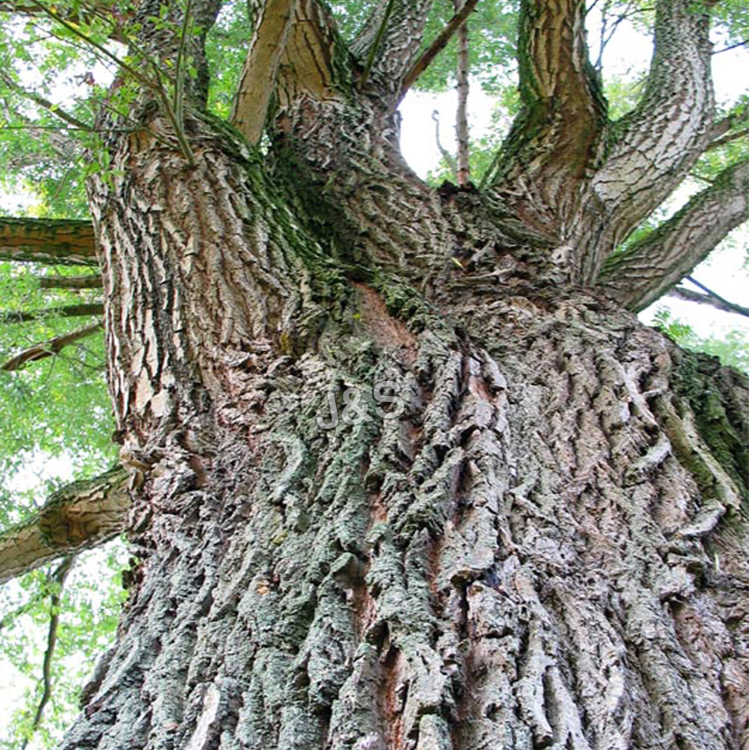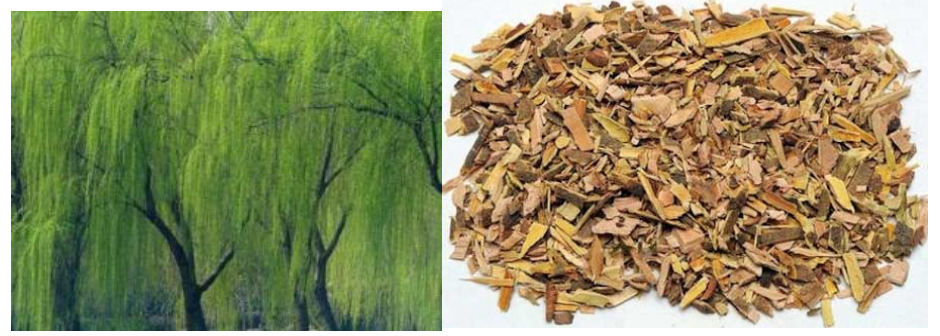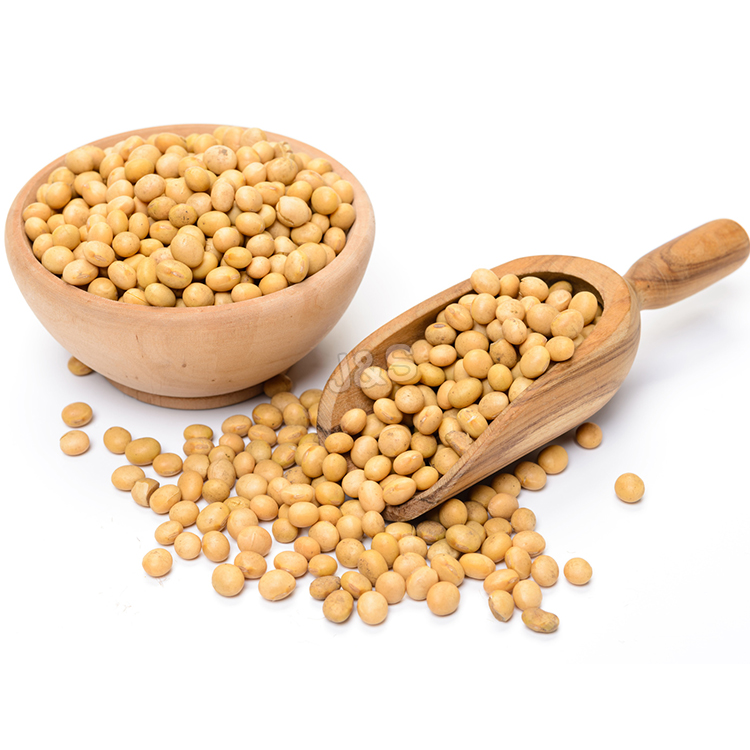8 Year Exporter White Willow Bark Extract Factory for Accra
8 Year Exporter White Willow Bark Extract Factory for Accra Detail:
[Latin Name] Salix alba L.
[Plant Source] from China
[Specifications] Salicin 15-98%
[Appearance] Yellow Brown to White powder
Plant Part Used: Bark
[Particle size] 80 Mesh
[Loss on drying] ≤5.0%
[Heavy Metal] ≤10PPM
[Storage] Store in cool & dry area, keep away from the direct light and heat.
[Shelf life] 24 Months
[Package] Packed in paper-drums and two plastic-bags inside.
[Net weight] 25kgs/drum
Brief Introduction
Salicin is a naturally occurring compound found in the bark of several species of trees, primarily North American in origin, that are from the willow, poplar, and aspen families. White willow, from whose Latin name, Salix alba, the term salicin is derived, is the most well known source of this compound, but it is found in a number of other trees, shrubs, and herbaceous plants as well being synthesized commercially. It is a member of the glucoside family of chemicals and is used as an analgesic and antipyretic. Salicin is used as a precursor for the synthesis of salicylic acid and acetylsalicylic acid, commonly known as aspirin.
A colorless, crystalline solid in its pure form, salicin has the chemical formula C13H18O7. Part of its chemical structure is equivalent to the sugar glucose, meaning it is classified as a glucoside. It is soluble, but not strongly so, in water and alcolhol. Salicin has a bitter taste and is a natural analgesic and antipyretic, or fever reducer. In large quantities, it can be toxic, and overdoses may lead to liver and kidney damage. In its raw form, it may be mildly irritating to skin, respiratory organs, and eyes.
Function
1. Salicin is used to ease pain and reduce inflammation.
2. Relieve acute and chronic pain, including headache, back and neck pain, muscle aches, and menstrual cramps; Control arthritis discomforts.
3. Relieve acute and chronic pain.
4. It has the same effect on the body as aspirin without any of the side effects.
5. It is an anti-inflammatory, a fever reducer, an analgesic, an anti-rheumatic, and an astringent. Specifically, it helps to relieve headaches.
Application
1.Anti-inflammatory, anti-rheumatic,
2.Reduce a fever,
3.Use as an analgesic and astringent,
4.Relieve headache,
5.Ease pain caused by rheumatism, arthritis, and carpal tunnel syndrome.
Product detail pictures:

Related Product Guide:
8 Year Exporter White Willow Bark Extract Factory for Accra , The product will supply to all over the world, such as: , , ,
iLove Vonnie creator Shavonta Arline details the benefits of burdock root powder as an ingredient in her bath bombs. Burdock root powder is excellent for treating several skin conditions including psoriasis, eczema and much more!
Characterizing the DNA Damage Response by Cell Tracking Algorithms and Cell Features Classification Using High-Content Time-Lapse Analysis. Walter Georgescu et al (2015), PLoS ONE https://dx.doi.org/10.1371/journal.pone.0129438
Traditionally, the kinetics of DNA repair have been estimated using immunocytochemistry by labeling proteins involved in the DNA damage response (DDR) with fluorescent markers in a fixed cell assay. However, detailed knowledge of DDR dynamics across multiple cell generations cannot be obtained using a limited number of fixed cell time-points. Here we report on the dynamics of 53BP1 radiation induced foci (RIF) across multiple cell generations using live cell imaging of non-malignant human mammary epithelial cells (MCF10A) expressing histone H2B-GFP and the DNA repair protein 53BP1-mCherry. Using automatic extraction of RIF imaging features and linear programming techniques, we were able to characterize detailed RIF kinetics for 24 hours before and 24 hours after exposure to low and high doses of ionizing radiation. High-content-analysis at the single cell level over hundreds of cells allows us to quantify precisely the dose dependence of 53BP1 protein production, RIF nuclear localization and RIF movement after exposure to X-ray. Using elastic registration techniques based on the nuclear pattern of individual cells, we could describe the motion of individual RIF precisely within the nucleus. We show that DNA repair occurs in a limited number of large domains, within which multiple small RIFs form, merge and/or resolve with random motion following normal diffusion law. Large foci formation is shown to be mainly happening through the merging of smaller RIF rather than through growth of an individual focus. We estimate repair domain sizes of 7.5 to 11 µm2 with a maximum number of ~15 domains per MCF10A cell. This work also highlights DDR which are specific to doses larger than 1 Gy such as rapid 53BP1 protein increase in the nucleus and foci diffusion rates that are significantly faster than for spontaneous foci movement. We hypothesize that RIF merging reflects a “stressed” DNA repair process that has been taken outside physiological conditions when too many DSB occur at once. High doses of ionizing radiation lead to RIF merging into repair domains which in turn increases DSB proximity and misrepair. Such finding may therefore be critical to explain the supralinear dose dependence for chromosomal rearrangement and cell death measured after exposure to ionizing radiation.
 By from -
By from -
 By from -
By from -







